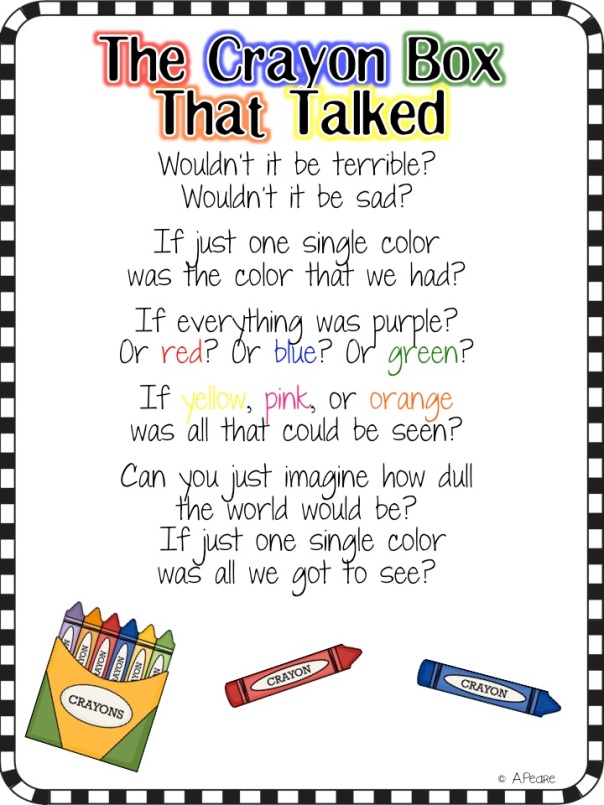I love finding connections between all of the courses that I am taking. This week in Chapter 10’s presentation we discussed codes of conduct or classroom rules and a bit about cyberbullying. This was the topic for my ECMP355 class last week as we explored digital citizenship and netiquette. It is important as we continue to use technology more and more in the classroom to discuss rules for learning online with students. There were a lot of digital citizenship resources that we explored that would be helpful when thinking about your inclusive classroom. I created an infographic to help explain positive behaviours online that are important to teach to our students. These rules not only apply to online learning and using technology but learning together in the classroom as a whole. Netiquette begins by remembering the human which is something that we discussed at the beginning of this course and putting the person first. It goes on to talk about treating others how you wish to be treated which is a golden rule that we often hear in classrooms. Further rules discuss meaningful, valuable, and necessary information. I think that these are important topics to bring up with students so that they can always add to their learning experiences and think about what they are going to say or do before it happens. There is a rule for respecting other people’s ideas and privacy as well as sharing your expertise with others which are great ideas for classroom behaviour as well. I also liked the rule about not calling out others on their mistakes in public, but I am not sure how I would put that into positive wording.
I liked the activity that we did in the presentation that got us thinking about classroom behaviours but I know that it was challenging for our group to do this because we wanted to have the student’s input for the classroom conduct. I like that they added everyone’s ideas to a blog so that we could see our peer’s thoughts and look back at them later. The blog also includes their presentation and other resources. In my pre-internship classroom the students had a rhyme that they recited every morning which was simple and easy to remember which you can use to redirect behaviours. You can use this with the ‘David’ book series by David Shannon to introduce it to young children.
The Peacemaker Promise
I will be a Peacemaker
Today and every day
With all my actions,
In all my thoughts,
And in everything I say!
For more details regarding the Peacemaker Promise check out this First Grade Blog!
What I particularly enjoyed from the presentation on Chapter 9 was the different way that they arranged the classroom before presenting. This is important to do before you start a lesson in your classroom as well. There were several different instructional strategies employed throughout the presentation. Assessment is also a final topic in my ECMP class this week. I am sure that we all felt the pressure as we were completing the tests that the group provided for us and this was a good activity to put us in the shoes of our students. As a teacher you must always be thinking about assessment in order to match it with curriculum content before and throughout the planning process. We must also remember that equity is not always equal and how to explain this to our students. I thought that there were good points brought up surrounding standardized testing that came from our circle discussion. This presentation and learning more about assessment this week will give me more to think about as I go into my internship.

